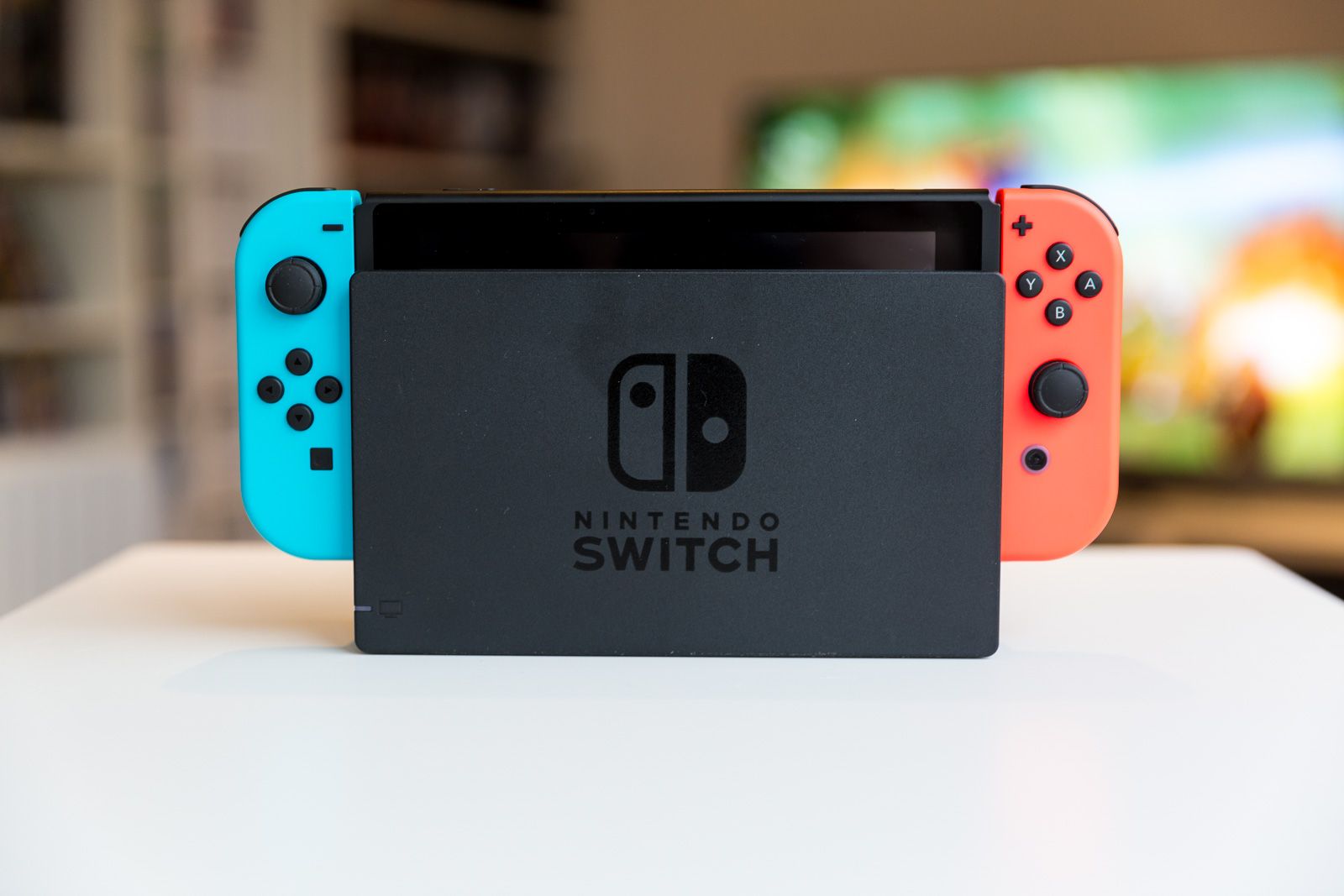-
Nintendo Switch OLED
The latest Switch models makes a hugely telling upgrade to its screen for a transformative change in presentation, but runs all the same games as the standard version.
-
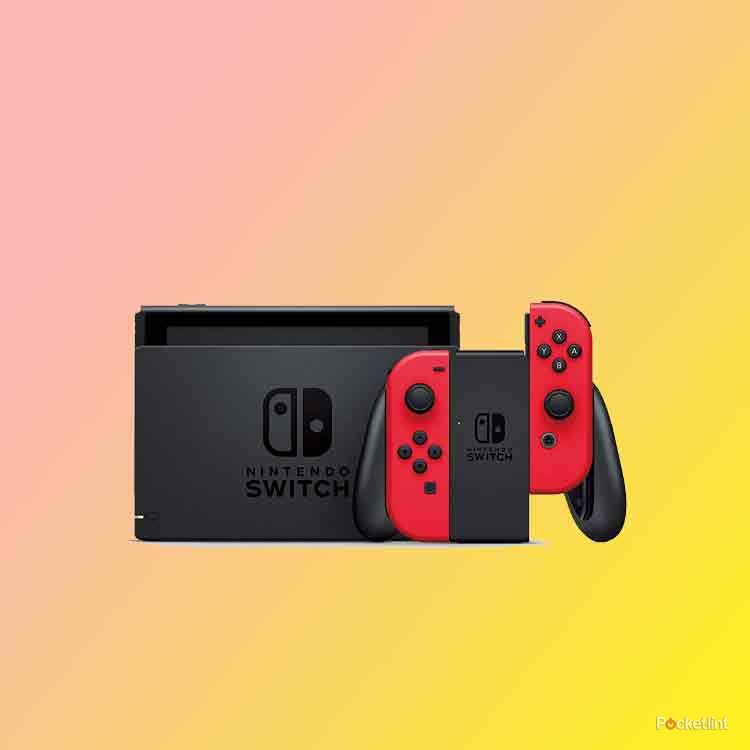
Nintendo Switch
It’s now pretty old, but the Switch still represents great value and is more affordable than its OLED sibling, with access to an identical library of titles and the same performance levels.
A few years after the launch of the original Nintendo Switch, Nintendo introduced an exciting update: the Switch OLED model. This new version, especially known for its premium display, has sparked interest in how else it stands out from the standard Switch.
In this guide, we’re going to dive into the Nintendo Switch OLED vs. the standard Nintendo Switch. What are the major differences? How do they compare in terms of features and performance? And importantly, with both models still on the market, which one should you pick? We’ll walk you through a side-by-side comparison, covering everything from the improved screen of the OLED model to other key upgrades.
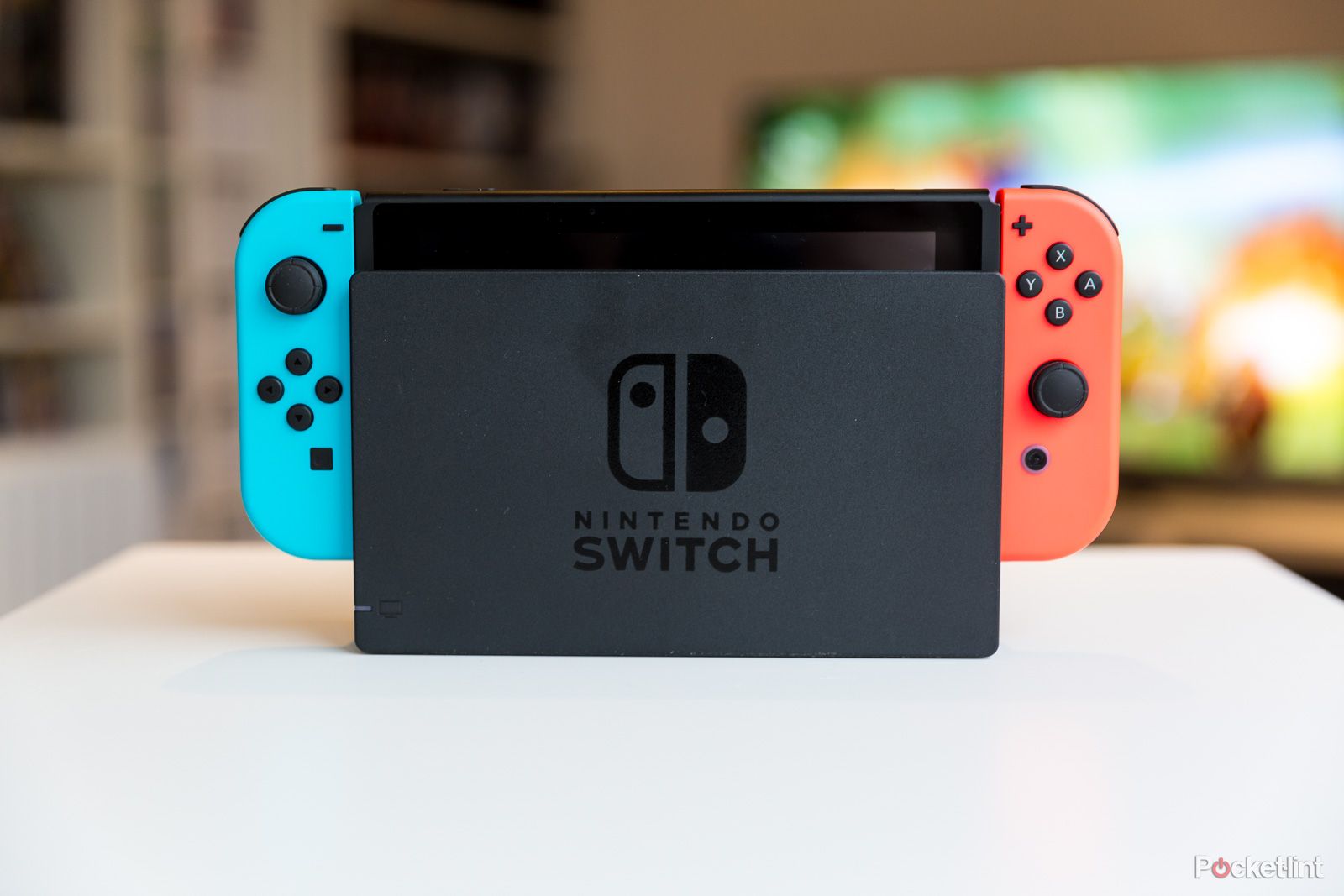
Best Nintendo Switch accessories: Essential travel kit, controllers and more
If you just bought a Nintendo Switch for either yourself or a loved one, your next step should be to look at accessories.
Switch OLED vs Switch: Price and specs
There are some key differences between the Switch OLED and the standard Switch that can be summed up pretty easily by comparing them directly. The Nintendo Switch OLED has a number of new features – a larger screen, for starters – but beneath the hood, it’s essentially the same as the existing Switch.
-
Nintendo Switch OLED Nintendo Switch Dimensions 102 x 242 x 13.9mm 102 x 239 x 13.9mm Weight 320g (420g with Joy-Cons) 297g (398g with Joy-Cons) Chipset Nvidia Tegra X1 Nvidia Tegra X1 RAM 4GB 4GB Storage 64GB expandable 32GB expandable Headset Compatibility Bluetooth and wired Bluetooth and wired Display 7-inch OLED 6.2-inch LCD Output resolution 720p (handheld), 1080p (TV) 720p (handheld), 1080p (TV)
The Nintendo Switch OLED and the standard Switch have a lot in common. Both run on the same Nvidia Tegra X1 chipset with 4GB of RAM, and they have the same battery life. Their visual output is pretty similar too, with both offering 720p resolution in handheld mode and 1080p when hooked up to a TV. This means you’ll get a consistent gaming experience whether you’re using the OLED model or the standard one.
What’s great about these two models is how well they play together. Since they have the same core specs, all Nintendo Switch games work on both, and you can easily swap accessories like Joy-Con controllers between them. This makes it easy for Switch owners to switch between models without any hassle.
Despite these similarities, the OLED version stands out with its larger and more vibrant screen, plus it has more storage space. Both versions come with everything you need to get started, too: a dock, two Joy-Con controllers, and a Joy-Con grip for a more traditional controller feel.
As of December 2023, the Nintendo Switch OLED is priced at around $349, while the regular Nintendo Switch can be purchased for about $295. These prices reflect the features and improvements of the OLED model over the standard version, such as a larger display, improved graphics, and more internal storage.
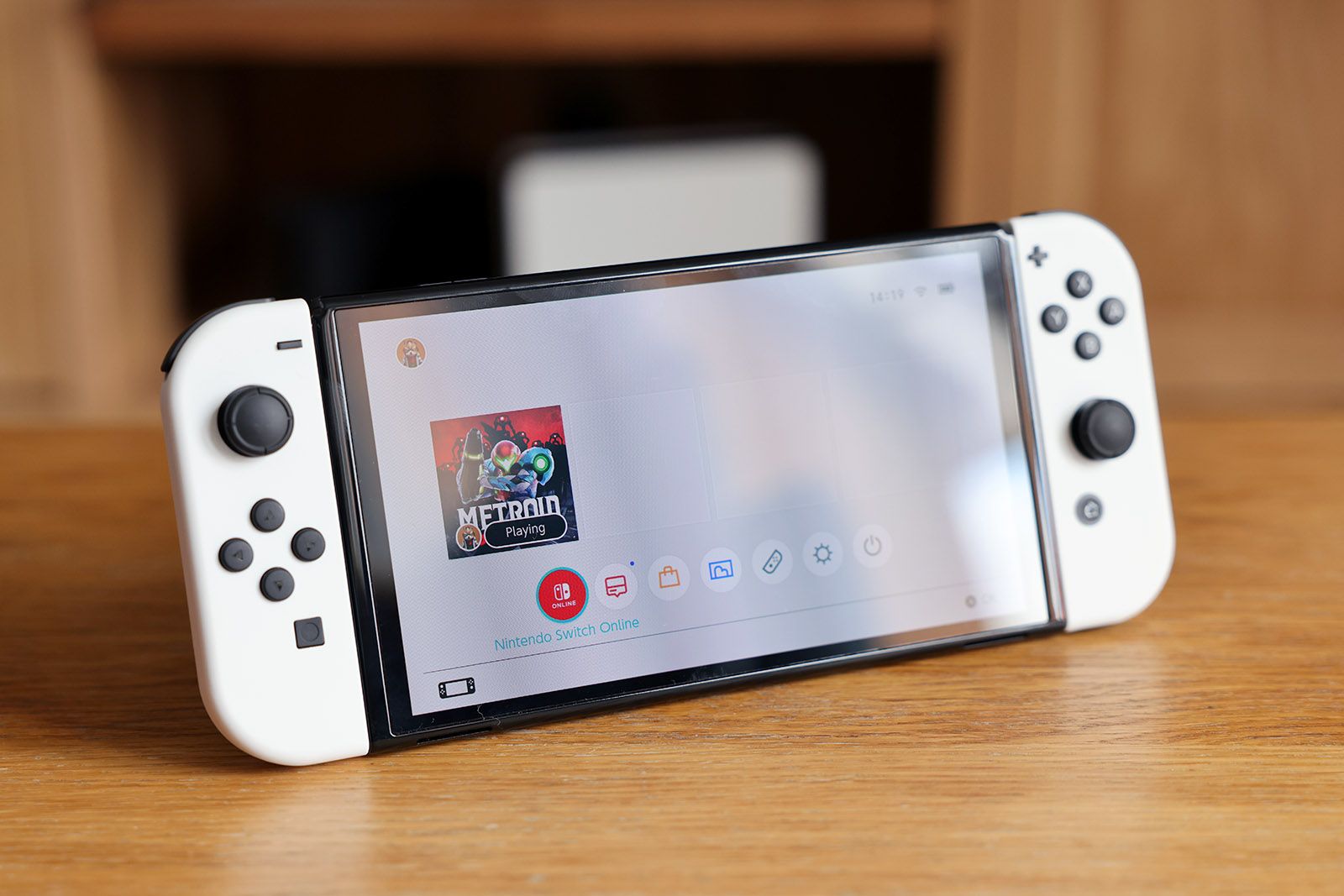 Switch OLED vs Switch: What’s the difference?
Switch OLED vs Switch: What’s the difference?
There are a few key differences between the Nintendo Switch (OLED model) and the original Switch.
Size and weight
The Nintendo Switch OLED and the original Switch are similar in size and weight, with minor differences.
The OLED model features a larger screen within the same console height, achieved by reducing the bezel size. This design choice keeps the Joy-Cons compatible. Although the Switch OLED is marginally longer and slightly heavier, these differences are barely noticeable in everyday use.
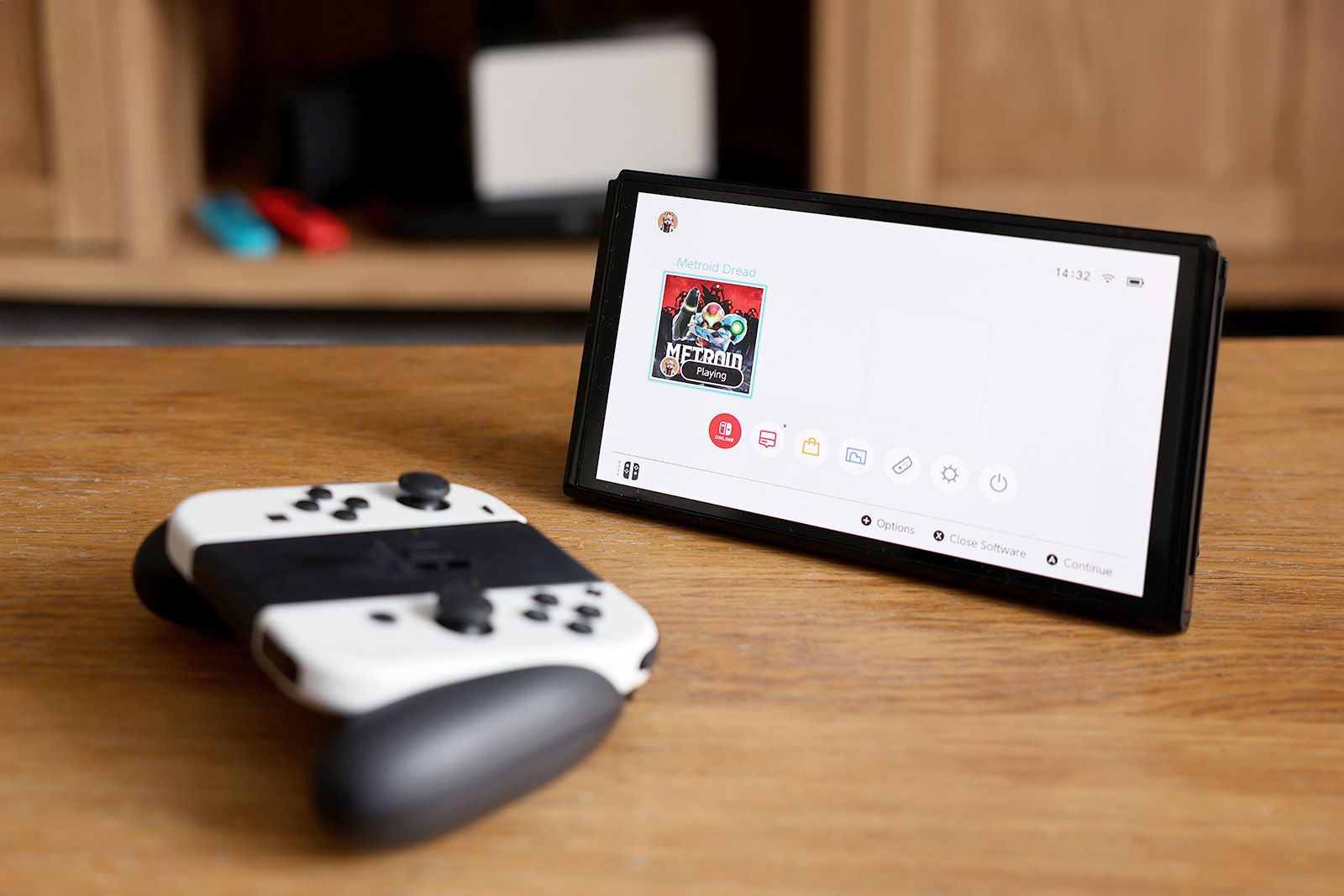 Display
Display
By far and away, the biggest difference between the models is the display. As the latest model’s name suggests, it sports an OLED panel, which provides better colour accuracy, higher contrast, and overall better picture performance. It also has a wider viewing angle in comparison to the LCD panel used in the standard Switch. The OLED panel has a cooler white output that gives it the impression of extra brightness – it’s a cleaner-looking image.
Also, thanks to the lack of a backlight (OLED pixels are self-illuminating), the screen doesn’t require as large a bezel (as mentioned above). That means the Switch OLED comes with a 7-inch display without increasing the size of the console itself. The standard Switch screen is 6.2 inches.
Built-in kickstand
While the original Switch features a built-in kickstand, it’s tiny – at about 10mm wide – and not great at supporting the console for desktop mode.
The Switch OLED has a much beefier kickstand. Not only does it run across the width of the rear, but it’s also adjustable through a wide range of angles. This makes for better repositioning for desktop play. The MicroSD card slot is tucked behind each console’s kickstand.
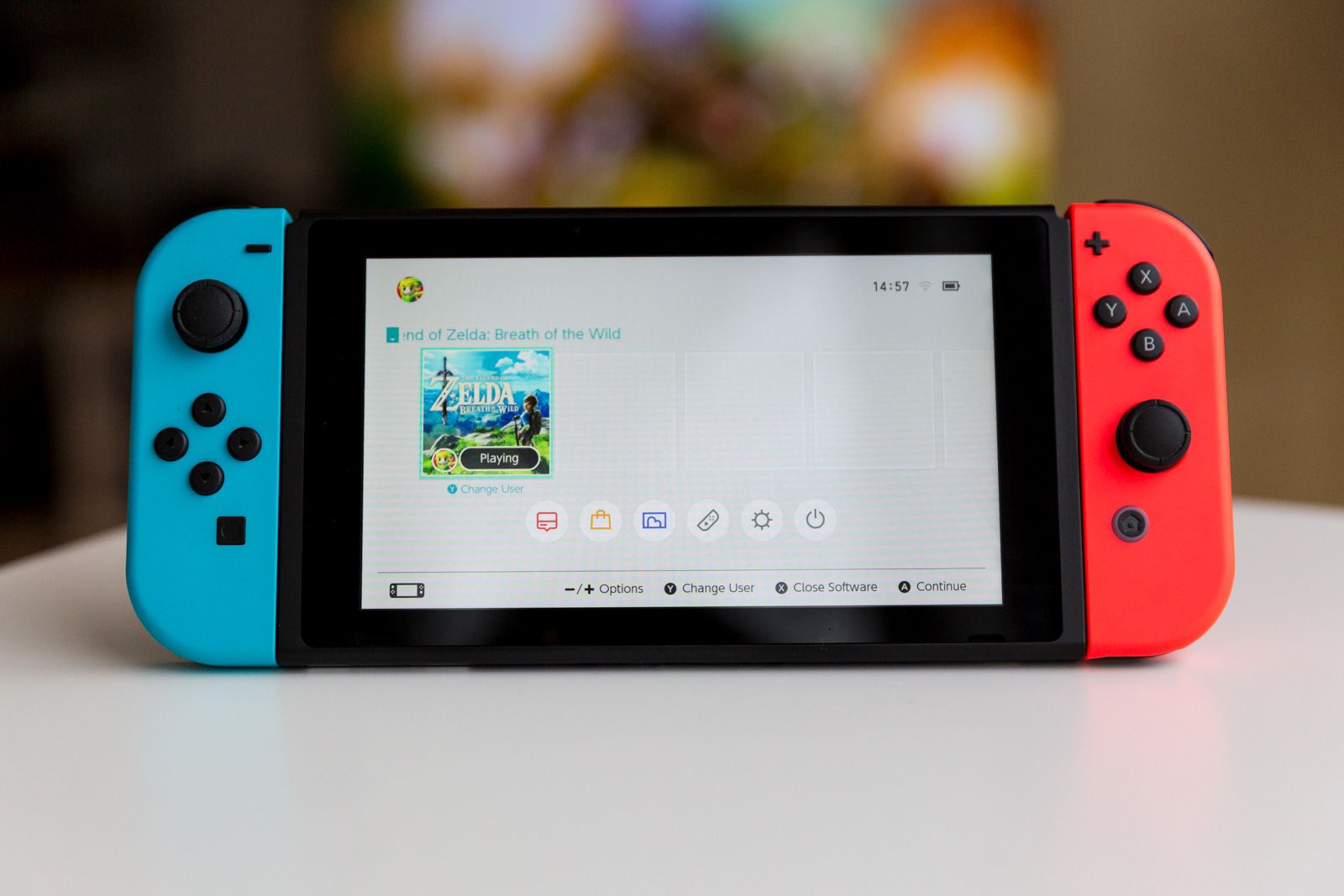 Colour options
Colour options
While both consoles come in the classic ‘Neon’ colour option (one Joy-Con is blue, the other is red), the Switch OLED is also available in a standout white option, which looks nice and clean. Even the dock is white for this model – it’s usually only in black plastic.
There have been several special edition versions of the standard Switch over the years, as well as a grey variant, and these are now typically produced for the OLED instead, such at the current impressive The Legend of Zelda: Tears of the Kingdom limited edition console.
Storage
Nintendo Switch (OLED model) comes with double the storage capacity, so you will be able to install twice as many games. However, 64GB is still relatively meagre, so you will want to buy a microSD card separately anyway – so factor that cost. We consider it a mandatory requirement for the standard Switch.
Dock
Both consoles come with a charging dock that also carries TV connectivity. They each sport two USB 2.1 ports to their side and an HDMI output. The big difference between the standard and OLED docks is that the latter now comes with wired internet connectivity too – in the form of a LAN port. This is instead of the hidden USB socket on the rear of the old Switch. You can only connect to the standard Switch via Wi-Fi.
Pocket-lint
When docked, both consoles output 1080p60 and up to 5.1 PCM audio.
It’s also worth noting that the dock for the Switch OLED is also available to purchase separately and is compatible with the older Switch.
Audio
The Switch OLED has fractionally enhanced sound output. Its speakers are ported slightly differently, to deliver louder and more immersive sound.
Both come with support for Bluetooth and wired headphones.
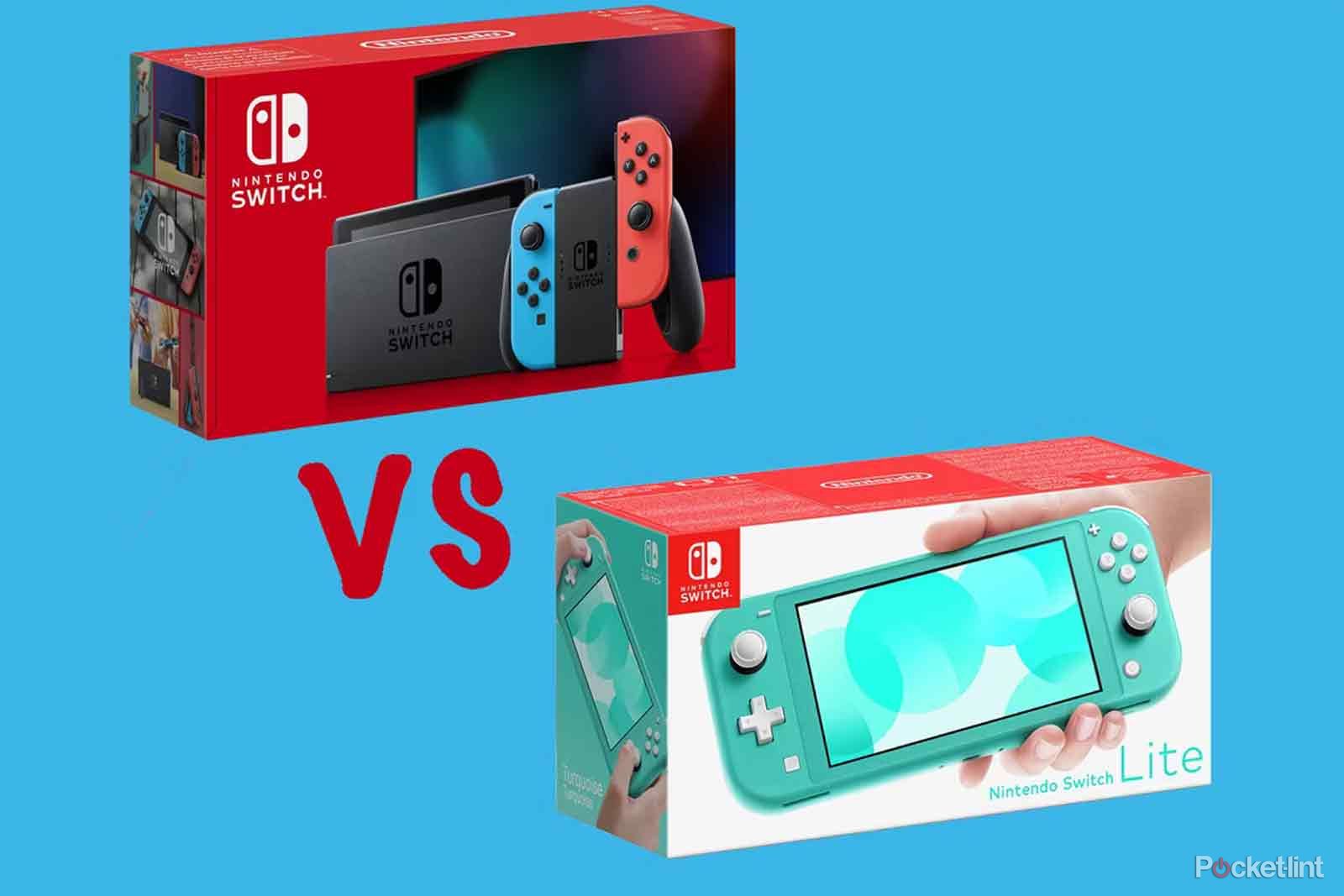
Nintendo Switch vs Switch Lite: What’s the difference?
Should you pick up the standard Switch or the Switch Lite? Find out some key differences between them here.
Switch OLED vs Switch: Conclusion
If you already own a Switch, it’s a tough upsell to upgrade to the OLED, especially if you play mostly on the TV, where you’ll notice almost literally no differences.
However, if you’re a new buyer without an existing Switch, there’s no competition in our minds and having used both extensively – the OLED model is undoubtedly the best you can get. You will have to stretch your budget as it’s $50 more expensive than the standard version, but we do think it’s worth it – that screen really is that good. That said, if you don’t have the extra cash, the original Switch is still an awesome machine.
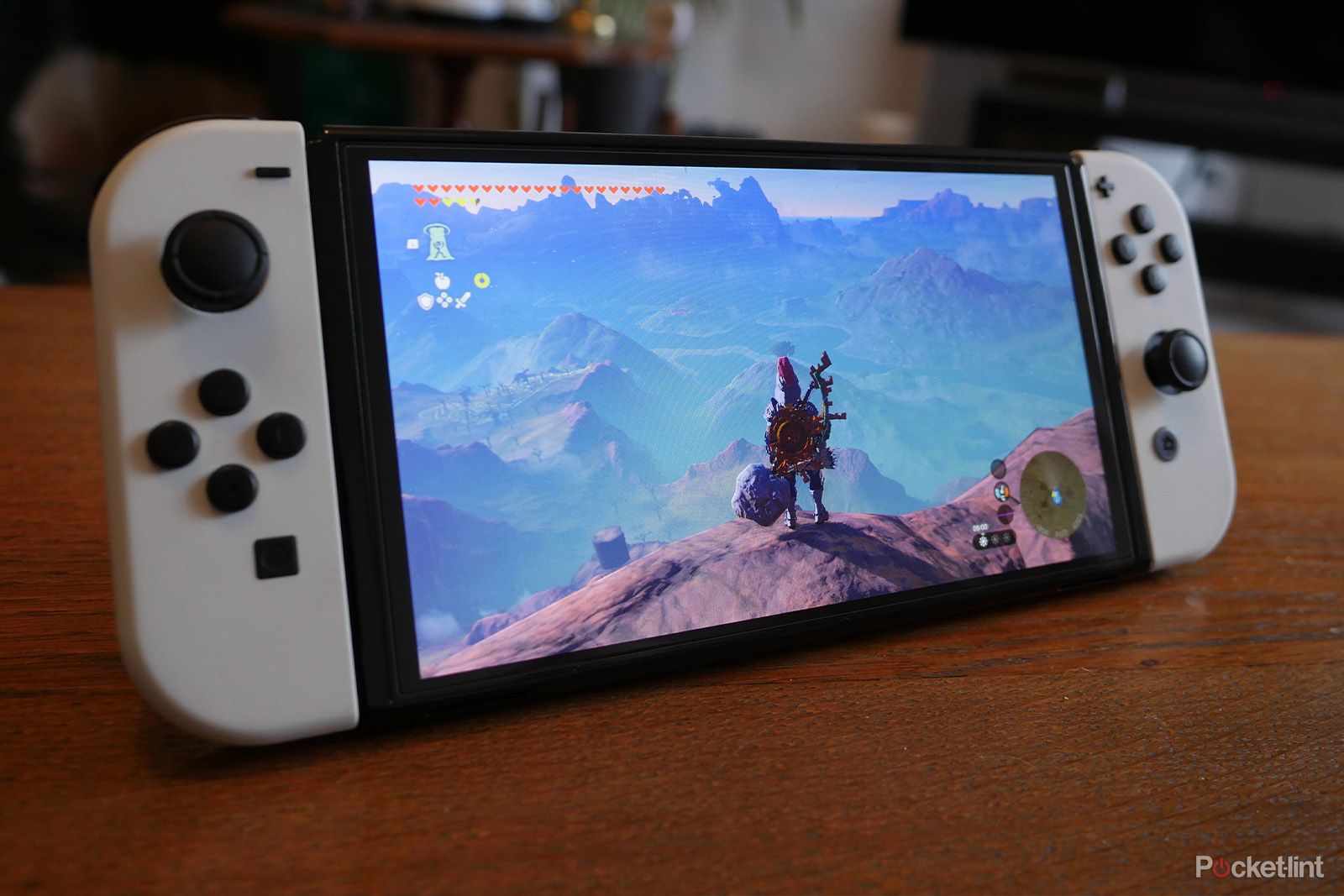
Nintendo Switch OLED
Our pick
It’s the best Switch for our money, offering the best of all worlds.
Trending Products

Cooler Master MasterBox Q300L Micro-ATX Tower with Magnetic Design Dust Filter, Transparent Acrylic Side Panel, Adjustable I/O & Fully Ventilated Airflow, Black (MCB-Q300L-KANN-S00)

ASUS TUF Gaming GT301 ZAKU II Edition ATX mid-Tower Compact case with Tempered Glass Side Panel, Honeycomb Front Panel, 120mm Aura Addressable RGB Fan, Headphone Hanger,360mm Radiator, Gundam Edition

ASUS TUF Gaming GT501 Mid-Tower Computer Case for up to EATX Motherboards with USB 3.0 Front Panel Cases GT501/GRY/WITH Handle

be quiet! Pure Base 500DX ATX Mid Tower PC case | ARGB | 3 Pre-Installed Pure Wings 2 Fans | Tempered Glass Window | Black | BGW37

ASUS ROG Strix Helios GX601 White Edition RGB Mid-Tower Computer Case for ATX/EATX Motherboards with tempered glass, aluminum frame, GPU braces, 420mm radiator support and Aura Sync


